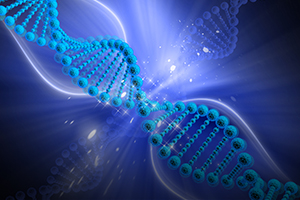Digital DNA
 In recent years, advancements in storage technology seem to have slowed down, making some experts wonder if Moore’s Law has reached its limits with regard to data storage density. But if we’ve learned anything in this age of accelerated change, it should be that technology will find a way, and the new solutions may be very different than traditional ones. So it appears that storage media of the future will not rely on disks, drives or chips, but on customized strands of organic material.
In recent years, advancements in storage technology seem to have slowed down, making some experts wonder if Moore’s Law has reached its limits with regard to data storage density. But if we’ve learned anything in this age of accelerated change, it should be that technology will find a way, and the new solutions may be very different than traditional ones. So it appears that storage media of the future will not rely on disks, drives or chips, but on customized strands of organic material.
Microsoft has already begun testing the use of synthetic DNA (also known as long oligonucleotides) as a long term, high density, no-power data storage solution. Why DNA?
DNA strands can remain intact and readable for literally thousands of years. It’s estimated that a single cubic millimeter can store one exabyte (that’s one million gigabytes) of data. It’s also reliable and repeatable; in initial testing, 100 percent of the data encoded could be retrieved.
The technology is based on etching methods similar to those used in computer chip manufacturing. The next step is to scale up production through automation, but Microsoft is betting that won’t be a problem, since they’ve already bought 10 million strands.
For information: Twist Bioscience, 455 Mission Bay Blvd. South, San Francisco, CA 94158; email: customersupport@twistbioscience.com; Web site: https://www.twistbioscience.com/